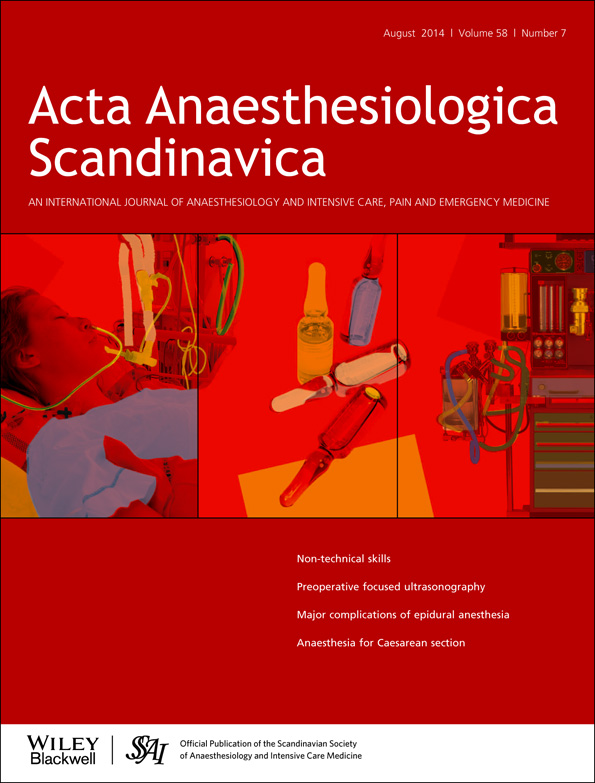Vitamin D deficiency in anesthesia department caregivers at the end of winter
Abstract
Background
To test whether the vitamin D status of anesthesia department caregivers practicing at high Northern latitudes is compatible with current recommendations, the 25-hydroxyvitamin D (25(OH)D) levels of caregivers at hospitals in Iceland (64°08′ N) and in Wisconsin (43°07′ N) were compared at the end of winter.
Methods
Anesthesia department faculty and resident physicians, non-physician anesthetists, and critical care nurses completed a questionnaire, and provided blood samples for analysis of 25(OH)D by reverse-phase high performance liquid chromatography.
Results
One hundred and six participants in Iceland and 124 participants in Wisconsin were enrolled. No difference in mean serum 25(OH)D levels between Iceland [70.53 nmol/l, standard deviation (SD) 30.87 nmol/l] and Wisconsin (70.0 nmol/l, SD 30.0 nmol/l) was observed. In Iceland and Wisconsin, 25(OH)D levels below 25 nmol/l were observed in 4.7% and 4.0%, below 50 nmol/l in 34.9% and 25.0%, and below 75 nmol/l in 56.6% and 61.3% of caregivers, respectively.
Conclusions
25(OH)D levels below the 50 nmol/l (20 ng/ml) threshold recommended by the Institute of Medicine and the European Society for Clinical and Economic Aspects of Osteoporosis and Osteoarthritis, and below the 75 nmol/l (30 ng/ml) threshold recommended by The Endocrine Society, are highly prevalent among anesthesia caregivers working at two Northern hospitals at the end of winter who may otherwise not meet criteria to be tested. Anesthesia and critical care providers may wish to determine their 25(OH)D levels and use effective, safe, and low cost supplementation to target a 25(OH)D level compatible with optimal health.




